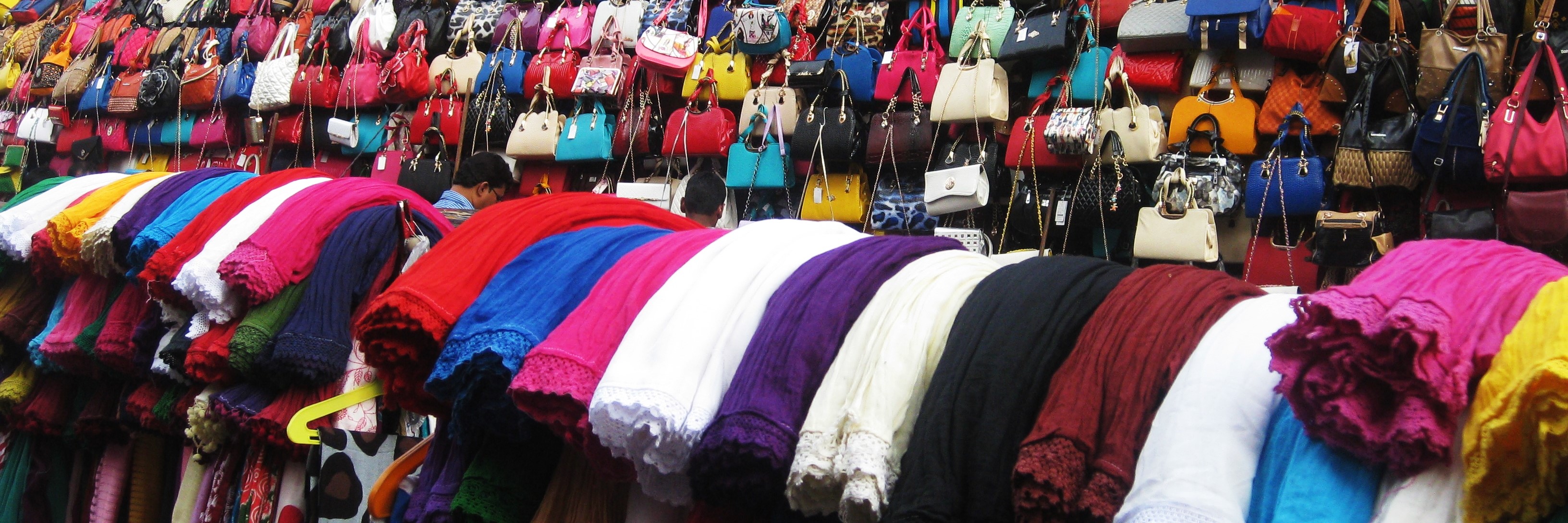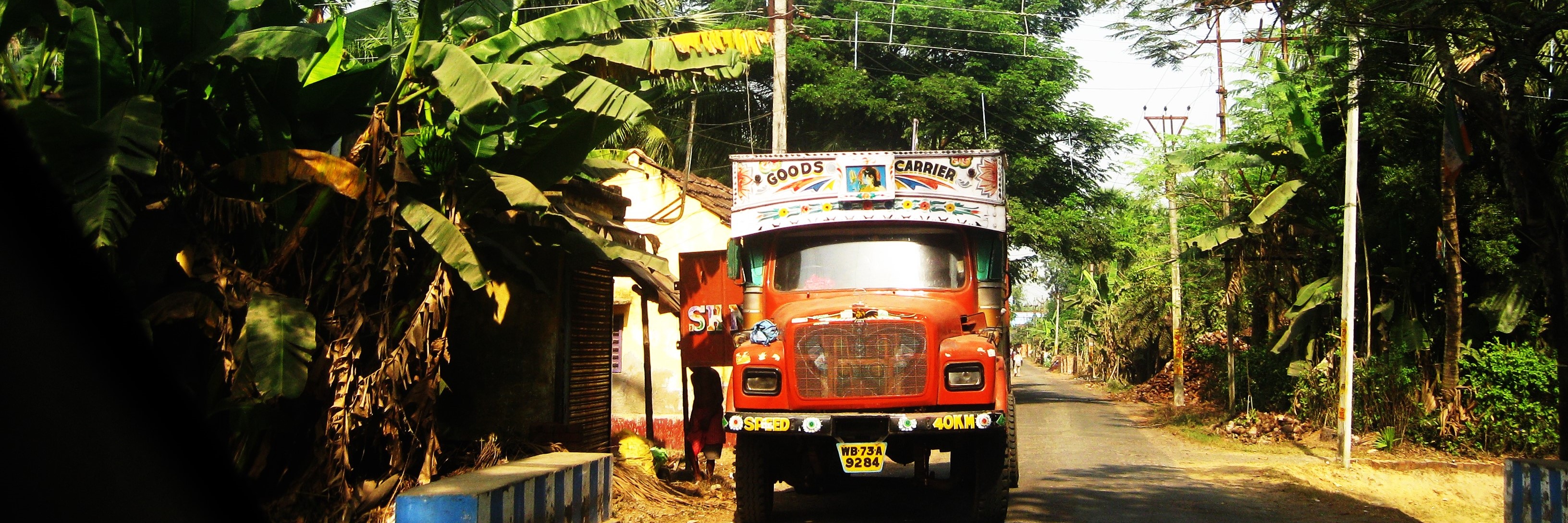Upon landing in Delhi, the view of the city is obscured by heavy smog – so thick you are unable to see from one end of the airport to the other. The women are wearing traditional saris or the popular salwar kamiz, a tunic and leggings. Most of the men are wearing collared shirts from the 1970s – beige, green, mustard and orange colors – big glasses, rings with large stones, mustaches and gold jewelry. Several wear turbans, berets or the olive-colored shirts of the Indian military.
The country of India is a cultural mosaic unlike any other in the world. The mix of traditional, Western and local heritage varies from state to state almost as widely as the climate and topography. India’s three major cities are Mumbai, Delhi and Kolkata, formerly known by their respective English names, Bombay, New Delhi and Calcutta.
To pass the time while waiting for my flight to the city of Guwahati in the northeast corner of India, I pick up a discarded copy of an Indian newspaper, The Hindustan Times, which includes a Classified section containing three pages of small-print “Grooms Wanted For,” followed by three pages of “Brides Wanted For” advertisements. India is famous for its matchmaking traditions – specifically, the time-honored practice of “arranged marriage.”
As someone who can barely work up the enthusiasm to get on eHarmony, this custom fascinates me. Most Indians hope to find a soulmate to share their life with, but marriage is often viewed as more of a partnership based on mutual interests and not chemistry or passion like the West.
Love marriages, as they are called, are becoming more and more common in India, but in certain states, parents still use their social network to search for a partner for their child – using classifieds and intricate matrimonial services that take into account religion, caste, language, geography, food preference, profession, horoscope and often physical requirements.
When a match is found, after mutual agreement by the families, chaperoned visits between the couple are allowed. In traditional areas, dowries are discussed. (It should be noted, while the marriages may be loosely “arranged,” they are generally not forced or blind arrangements.) Astonishingly, the divorce rate in India is less than 2%.
The Groom Wanted For advertisements in my newspaper are listed by ethnicity and class – with sections for Brahman, Sikh, Manglik, or MBA/Professionals, etc. The bride advertisements usually specify “fair, slim, beautiful girl,” in addition to height and weight. (Gah!) The groom advertisements usually start with “Match wanted for handsome, fair boy…” listing the groom’s birthdate and occupation. While some ads specify astrological information, like date and time of birth, many contain the qualifier Caste no Bar (caste no barrier), meaning caste or social class is not a consideration. I thumb through some of the examples:
GROOMS WANTED FOR:
Alliance invited for North Indian Hindu girl, USA citizen, Fair, Beautiful, Slim, 30/153, Microbiologist, looking for a Well Qualified and Settled boy, pref. in USA. Parents in India till Jan.
Seeking match for Punjabi girl legally divorced after short unconsummated marriage. Age 29 weight 160 working at Telecom Co.
At this point, I wonder if it’s possible to have too much information in a 19-word ad?
Fair homely beautiful girl working as a lawyer wants to be a home maker after marriage. Guy should be vegetarian, non-smoker.
The word “homely” appears in several ads and I must conclude that “homely” means something different in India than it does in English. Either that, or I should be considered really good-looking in India.
Well-established Punjabi Brahmin family seeks highly cultured wonderfully settled handsome Professional/Businessman from a high status family for their beautiful daughter Manglik MBA fair smart socio-cultured. 5’3, age 23.
Teetotalers for 78 born Independent 5’6 Business Girl, working as a Software Administrator in Chandigarh. Highly educated very good command in English.
Bonus points for the use of “teetotalers.”
Match for Kayastha 32 yrs (looks 25) 5’5 fair, slim, beautiful, educated, issue-less Divorced Girl own business high income status Family. Looking for handsome Tall Boy up to 36 Years. Settle at Girl’s place separate living alone or only child pref. Caste no Bar.
I then turn to…
BRIDES WANTED FOR:
Suitable match for USA-based Turbaned Sikh boy, Nov. 76, 5’ll, CEO of a Software Co. Coming to Delhi in December.
Compatible Match for Handsome Punjabi, Khatri Boy 6 ft. Very Well Built D.O.B 20 January 83 (3:30 am) Delhi Hi Class Business Very B’ful Homely Girl Early Marriage. Caste No Bar
Reputed well-established affluent business family seeks smart beautiful cultured Sikh/Punjabi girl from a status business family for their well-educated enterprising clean-shaven only son, Sept 77, 5/10 issueless divorcee.
Bombay Based Elite: Cultured Jain family invite proposals for their son, born Nov. 78, 5’11, 75 kgs MBA (USA), having good personality. Boy in USA on H-1B visa but intending to settle in India.
Seeking match for handsome, 6 ft tall MBA boy, 37 (looks much younger) Senior position in a reputed MNC High salary affluent family of South Delhi. The Girl should be B’ful, tall, slim, fair and preferably Professionally Qualified from a well to do upper middle class family.4
Matchmaking in India is a serious business and I consider – if it’s that successful, maybe I should try it.
Southern, December-born girl seeking Christian man with a high-quality job. No smoking, no pets. Must tolerate college football and BBC miniseries.
I am still writing my imaginary ad when they call my flight, trying to remember what my Zodiac sign is and being thankful I don’t have to list my dress size.
***
From Delhi, I fly to the Guwahati airport in the far northeast province of India. My host, Pamarsan, otherwise known as “Pamu,” is waiting there with his driver, who is prepared to take us up the 3-4 hour trip up the winding mountain roads to Shillong, Meghalaya.
Shillong (population 143,000) has been the capital of Meghalaya since it became a state in 1972 – one of the more recent Indian states. The area is nicknamed “Abode of the Clouds” due to its high elevation.
Having been warned about the potential for motion sickness on the drive, I see this was not a bit exaggerated. There is a flat drive to the foot of the mountains as the sun fades, which changes almost instantly to three hours of sharp, non-stop curves. I begin to get a sickening headache, and I try to close my eyes. My astonishment at the local method of driving, however, forces me to keep them open as long as possible.
While driving in the U.S. usually calls for reduced speed when driving around curves, Indian custom appears to be not slowing down in the slightest, relying simply on a slight toot of the horn to notify others of your presence while rounding the bend. This, as well as the absence of seat belts in many of the vehicles, makes my incredulity quickly change to alarm, and I have to stop myself from grabbing the back of the seat as we whip tightly around the curves.
Sensing my distress, Pamu tells his driver to slow down once or twice out of politeness. “Don’t worry, he knows what he is doing,” Pamu says, glancing down at his cell phone.
My mind reels with practical, yet panicked questions. “What if the other driver is over the line?” “What if the horn doesn’t work??” “What if we both honk at the same time?” “When is the last time I told my family I loved them?” “What if….” my jet-lagged mind trails off.
“Oh well,” I remember thinking wearily, “if we die, at least I won’t be awake to see it.”
***
I awake two hours later to gratefully find out I’m still alive – having survived most of my first day in India! *celebration*
We stop for tea two hours later up the mountain at the home of one of Pamu’s acquaintances while the driver polishes the car outside. Tea, it seems, is a gesture expected by drivers and guests alike on any excursion by car longer than two hours. I sit meekly on the couch, listening to Pamu give orders to the hired help.
The tea offered is an unfamiliar red tea served plain with bland-flavored crackers on the side. Temporarily relieved from motion sickness, I try to fend off my hunger by eating as many of the thin cookies as would be socially acceptable and pray they don’t come back up on the ensuing car ride.
Most of the trucks in India also have colorful sayings painted on their tailgates. Back on the road, a dump truck with I LOVE INDIA on it’s bumper passes us on the right. We are almost run off the road a few seconds later by a truck with SLOW DRIVE, LONG LIFE tattooed across the back.
Finally, we arrive in Shillong and are greeted by Pamu’s wife Sarah, a modern Indian woman wearing jeans and a shawl. Sarah welcomes me into the house, a chilly, old-fashioned two-story house with low lighting and creaky floors. The house comes as part of Pamu’s job, Sarah tells me. Sarah is a fisheries professor at a local college, while Pamu works for the local government. Their two teenage daughters are doing homework at the kitchen table.
Northeast India has a high concentration of India’s tribal population, or advasis. According to the 2011 census, adivasis constituted around 9% of India’s total population.
Most of the inhabitants of Shillong, including Pamu and Sarah, are from the Khasi tribe – a uniquely matrilineal society in which wives retain their maiden name, married couples often go to live with the bride’s family and the youngest daughter inherits the family’s property. Consequently, youngest daughters are responsible for taking care of their parents in their old age.
I ask Pamu, what the primary language is in Shillong.
“Ha! Good question,” he says.
The three main tribal heritages in the state of Meghalaya are Khasi, Garo and Janita.
The local dialogue is a blend of Khasi (the native tongue), Hindi (taught in schools) and English (also taught in schools), as well as Garo. Therefore, while every fourth person you meet will know at least one of the languages, thoroughly communicating in Meghalaya requires one to be trilingual at least.
Shillong is high enough in the mountains to knock the edge off the Indian heat – 80 degrees during the warm months, but dropping to 50 degrees at night in the colder months. While this isn’t enough to warrant a hard freeze, the drop in temperature somehow feels colder with the mountain wind. Because of the moderate climate in Shillong, most of the houses don’t have central heat and cooling. The main rooms of each house have fireplaces, but most of the bedrooms don’t. Because of this, Sarah and Pamu have graciously gifted me with a space heater.
It runs on low wattage and is of the British-radiator style – warm when you are within 18 inches of it, but useless from the other side of the room. As a result, I resort to dressing in layers for bed – two pairs of socks, pants, three shirts, a pair of gloves and a toboggan I managed to fish from my suitcase. I pile whatever might be useful on the bed – my coat, a towel – to sleep under.
Armed for a Tennessee snowstorm, I crawl into bed, sort of wishing I’d brought a ski mask. I burrow under the covers like a mole, trying to warm my sheets, which feel like they have been in a refrigerator.
To be continued…
Or start at the beginning: read the full journey here.

